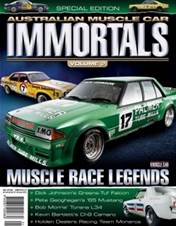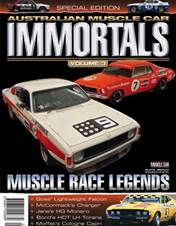The bleak industrial suburb called Fishermen’s Bend, on the banks of Melbourne’s Yarra River, became the headquarters of General Motors–Holden in 1936. It was here that Prime Minster Ben Chifley launched the first Holden sedan, code-named 48-215, on 29 November 1948.
Better known as the FX, the first Holden was named after Sir Edward Holden who had died the year before the launch. He was officially recognised after some other suggestions – Melba, Emu, Woorama and Melwood, for example – were rejected.

It was Edward Holden who had convinced his father Henry in 1907 that there would be a future in building car bodies instead of carriages. By 1925 Holden in Woodville was the largest car body firm in the southern hemisphere. In 1930, when the Great Depression hit, Holden was forced to sell the business to its biggest client, General Motors.
One person not in attendance at the 1948 launch was Laurence Hartnett, the managing director of GM-H who'd quit shortly before in frustration that (among other issues) his own proposal had been ignored. Hartnett’s idea was for a lower, sleeker and less expensive sedan better suited to Australian conditions. Instead, the prototype of ‘Australia’s Own Car’ was built in Detroit before being shipped over and tested here. In the end the American concept was a huge success.
But without Hartnett, there'd have been no Holden. The English GM executive who was sent from Vauxhall to take the reins of GM-H in 1934 quickly saw the need for a local car. One of his first acts as GM-H chief was to build the Fisherman's Bend manufacturing facility.
At the time GM-H was building new Chevs and Pontiacs for the local market, but GM head office's insistence on GM-H retooling every year to make the latest model made it economically unviable (due to the much lower sales volumes in Australia compared to the USA). Hartnett's idea was to circumvent this requirement with a local design which GM-H itself could update when it suited it, rather than at the whim of head office.
GM initially rejected Hartnett's plan, but in the end his sheer persistence won the day as eventually the New York head office gave its approval - with some reluctance. Within just a few years, however, the overwhelming success of the Holden meant huge profits were flowing back to GM head office.
Hartnett's own subsequent efforts to establish a wholly Australian-owned car manufacturing business in the 1950s failed due to number of factors, including a revoking of the promise of federal government start-up assistance, following a change of government.






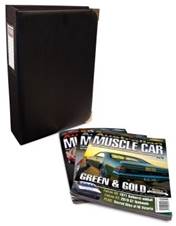


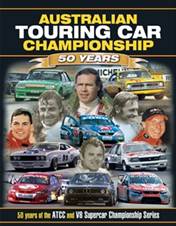

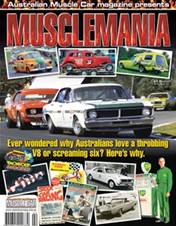
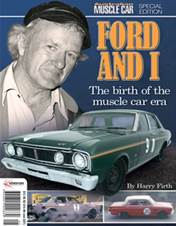
.jpg&q=70&h=226&w=176&c=1&s=1)




